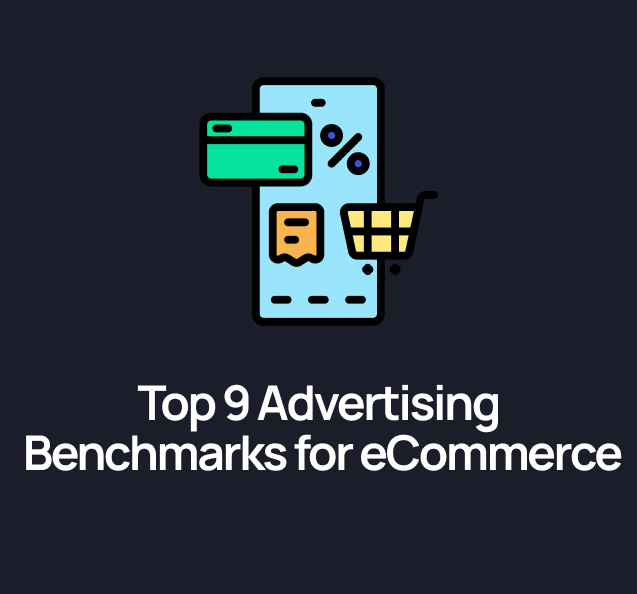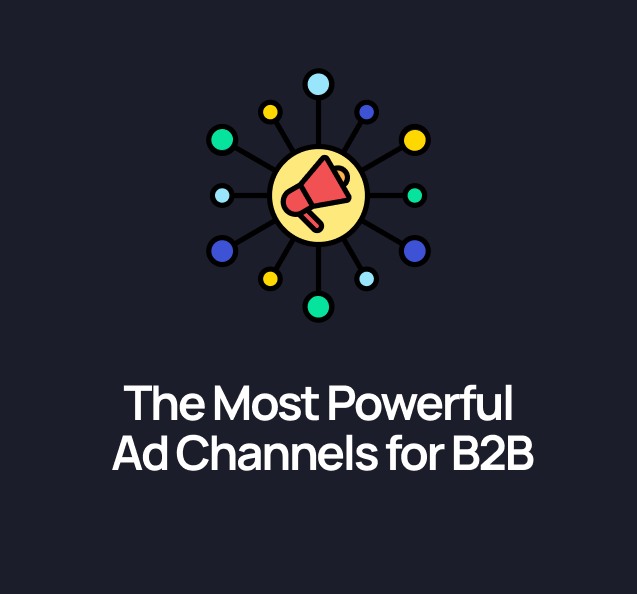Predictive modelling sounds like marketing utopia: plug in your historical data, hit run, and out pops next quarter’s growth.
Except... real humans, real businesses, and real buying journeys aren’t nearly that clean.
And when it comes to paid acquisition, predictive modelling can sometimes mislead more than it helps, especially if you’re relying on shallow inputs or treating outliers as gospel.
Let’s unpack where predictive modelling often goes wrong in B2B ppc, and how to actually use it in a way that informs decisions without driving them off a cliff.
1. It Overweights Past Patterns — Even When Behaviour Shifts
If you're using predictive models trained on last year’s performance, you might be building a strategy based on behaviours that no longer exist.
Post-iOS privacy changes, buyer journeys are murkier. Attribution is messier. And in B2B SaaS especially, buying cycles have lengthened. Teams need more consensus, CFOs have more veto power, and deals are falling apart later in the funnel.
Predictive models can’t always account for macro shifts, unless you’re actively retraining them, often, with a wide lens on behaviour changes.
2. It Misses the Impact of Creative and Messaging Changes
Let’s say your predictive model says Meta ad leads convert at 5% and Google ad leads at 8%, so you scale Google.
But last quarter, your Google landing page had a complete messaging overhaul, while your Meta ads haven’t been touched in six months.
Prediction becomes circular when it assumes your performance will remain static. It doesn’t understand that a new case study, pricing update, or messaging refresh could double (or halve) your results.
That’s not a model. That’s a feedback loop in denial.
3. It Optimises for the Wrong Outcome (Usually Lead Volume)
The most common trap? Predictive models that are set up to maximise leads not a qualified pipeline, not LTV, not revenue.
So your model says, “Spend more here, leads are cheap.”
But:
- 70% are unqualified
- Sales hate them
- They don’t close
Unless your predictive model is connected to the full funnel, including CRM data, deal status, and eventual revenue; it’s just extrapolating guesses, not generating growth.
4. It Ignores Dark Social and Indirect Attribution
Most predictive models can only work with the data they’re given. That’s a problem when the biggest B2B buying influence happens off the radar:
- Slack groups
- WhatsApp referrals
- LinkedIn comment threads
- Private events and podcasts
If your best-fit leads heard about you six times before ever clicking an ad, your model will miss the real source of influence and undervalue the top of funnel entirely.
5. It Discourages Risk-Taking (Which is Where the Real Leverage Is)
Great marketing often comes from unexpected places, a new channel, a provocative headline, a radical experiment.
Predictive modelling encourages the opposite. It favours the safe bet. It discourages outlier bets. It narrows your tests to what’s already proven.
And in B2B ppc, where winning the category often means standing out, playing it safe is rarely the winning strategy.
So... Should We Ditch Predictive Modelling Altogether?
No. But we should reframe how we use it:
✅ Use it to sanity-check assumptions, not to make them.
✅ Combine it with qualitative data from sales and customer interviews.
✅ Feed in full-funnel metrics, not just CPL or form fills.
✅ Use it to guide experimentation, not to avoid it.
Predictive models are helpful when you treat them as a compass, not a GPS. A directional signal, not the entire map.
Want smarter forecasting and real-world testing that actually matches how your B2B buyers buy?
We combine predictive tools with real-funnel insight to build strategies that scale.
Explore our PPC Strategy and Google Ads Management services.

.svg)








.svg)
